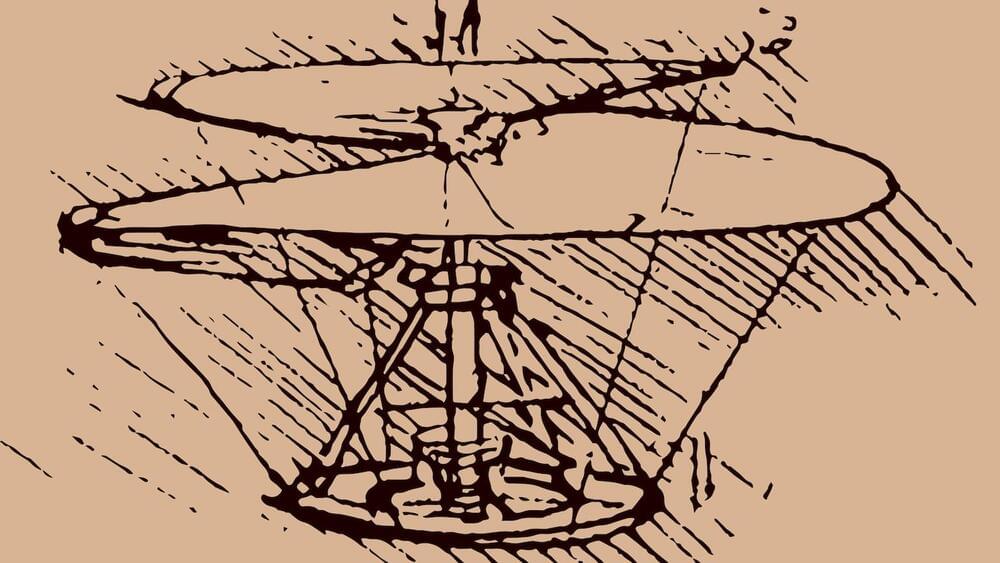The South Korean government has pledged $186.7 million to support the growth of its new Metaverse platform called the Expanded Virtual World where creators, industry, and commercial talent are expected to converge.



The impact crater is the second discovered in China.
A crescent-shaped crater in Northeast China holds the record as the largest impact crater on Earth that formed in the last 100,000 years.
Prior to 2020, the only other impact crater ever discovered in China was found in Xiuyan county of the coastal province of Liaoning, according to a statement from the NASA Earth Observatory. Then, in July 2021, scientists confirmed that a geological structure in the Lesser Xing’an mountain range had formed as a result of a space rock striking Earth. The team published a description of the newfound impact crater that month in the journal Meteoritics and Planetary Science.
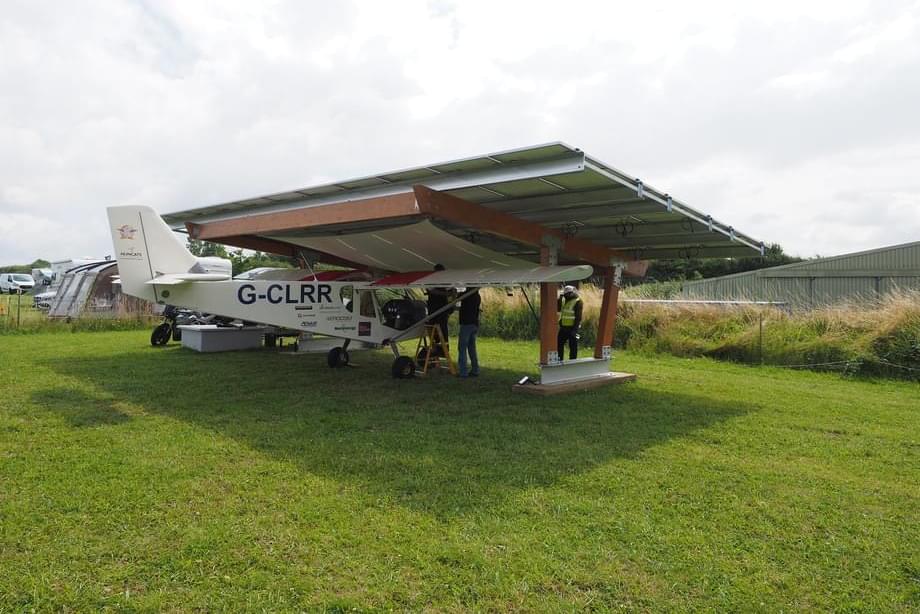
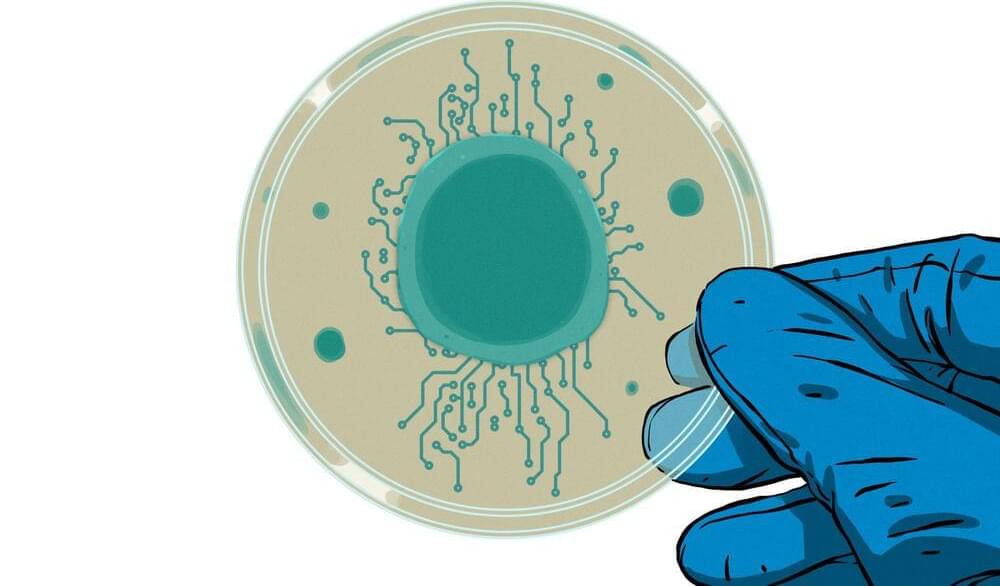
Neural networks have become a hot topic over the last decade, put to work on jobs from recognizing image content to generating text and even playing video games. However, these artificial neural networks are essentially just piles of maths inside a computer, and while they are capable of great things, the technology hasn’t yet shown the capability to produce genuine intelligence.
Cortical Labs, based down in Melbourne, Australia, has a different approach. Rather than rely solely on silicon, their work involves growing real biological neurons on electrode arrays, allowing them to be interfaced with digital systems. Their latest work has shown promise that these real biological neural networks can be made to learn, according to a pre-print paper that is yet to go through peer review.
The broad aim of the work is to harness biological neurons for their computational power, in an attempt to create “synthetic biological intelligence”. The general idea is that biological neurons have far more complexity and capability than any neural networks simulated in software. Thus, if one wishes to create a viable intelligence from scratch, it makes more sense to use biological neurons rather than messing about with human-created simulations of such.
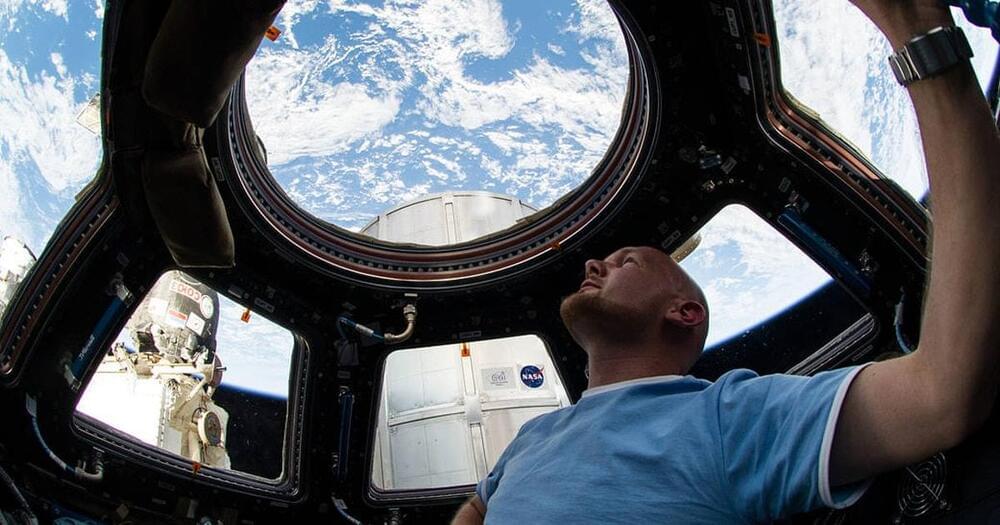
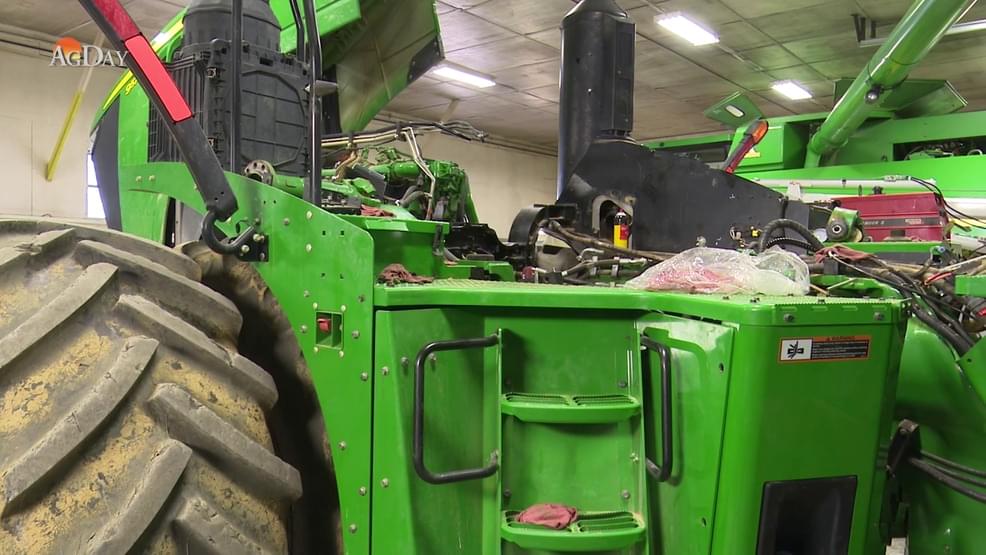
These days, new tractors and combines are more like big computers, and require special tools to repair them. Farmers say they’re having to travel farther and pay more to fix them to make sure their harvest schedules stay on track. Jim Birge grew up farming in central Illinois and is now the Manager of the Sangamon County Farm Bureau in Springfield. He describes how new tractors and combines have gone high-tech, and farmers no longer have access to the tools to fix them.

The importance of learning, unlearning, and relearning the wisdom in foresight
By Alexandra Whittington and Teresa Inés Cruz
Futurist Alvin Toffler famously said, “The illiterate of the 21st century will not be those who cannot read and write, but those who cannot learn, unlearn, and relearn.” It is time for the foresight community to take Toffler’s sage advice, starting with one basic assumption of the Western futurist perspective that dates back to the Victorians: progress.
The concepts of learning, unlearning, and relearning belong in every futurist’s repertoire in the sense that we need to learn our bias for progress, unlearn its primacy as a societal objective, and relearn that the human condition is best served by achieving homeostasis–steady equilibrium. Homeostasis can be relearned because it’s inherent to worldviews within many indigenous and ancient societies, including the Law of Origin, which instructs people that living in balance with nature must be the driving force behind our decisions.
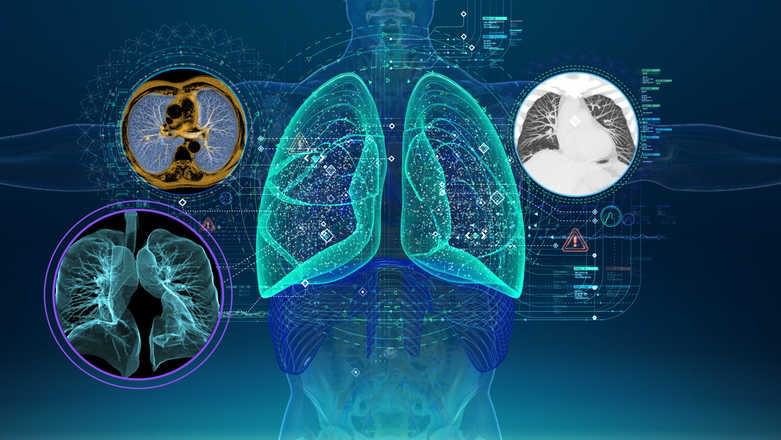
While advancements in healthcare have come in leaps and bounds since the 20th century, there is perhaps none more exciting than what digital twin technology could offer. The healthcare industry has the potential to be revolutionized by this application of new advancements, which will ultimately lead to improved research capabilities and patient outcomes.
Defined as the virtual representation of a physical object or system across its life cycle, a digital twin is a computer program that uses real world data to create simulations that can predict the outcomes of a product or process. A concept initially utilized by NASA in the 1960s, this technology has grown exponentially in the last decade, now further expanding into the world of healthcare.
Beginning in 2014 with The Living Heart Project headed by Dassault Systémes, healthcare research with digital twins has broadened to include organs such as the brain and lungs, as well as projects for virtual parts of the body. With these models, doctors have the potential to discover undeveloped illnesses, experiment with treatments, and improve surgical outcomes. They allow clinicians to test multiple treatments across a vast range of therapies, equipment, and interventions by comparing possible outcomes without taking any risks in terms of patient safety. Ultimately, care can become more precise, targeted, and based on the most accurate data available when digital twins are utilized.
